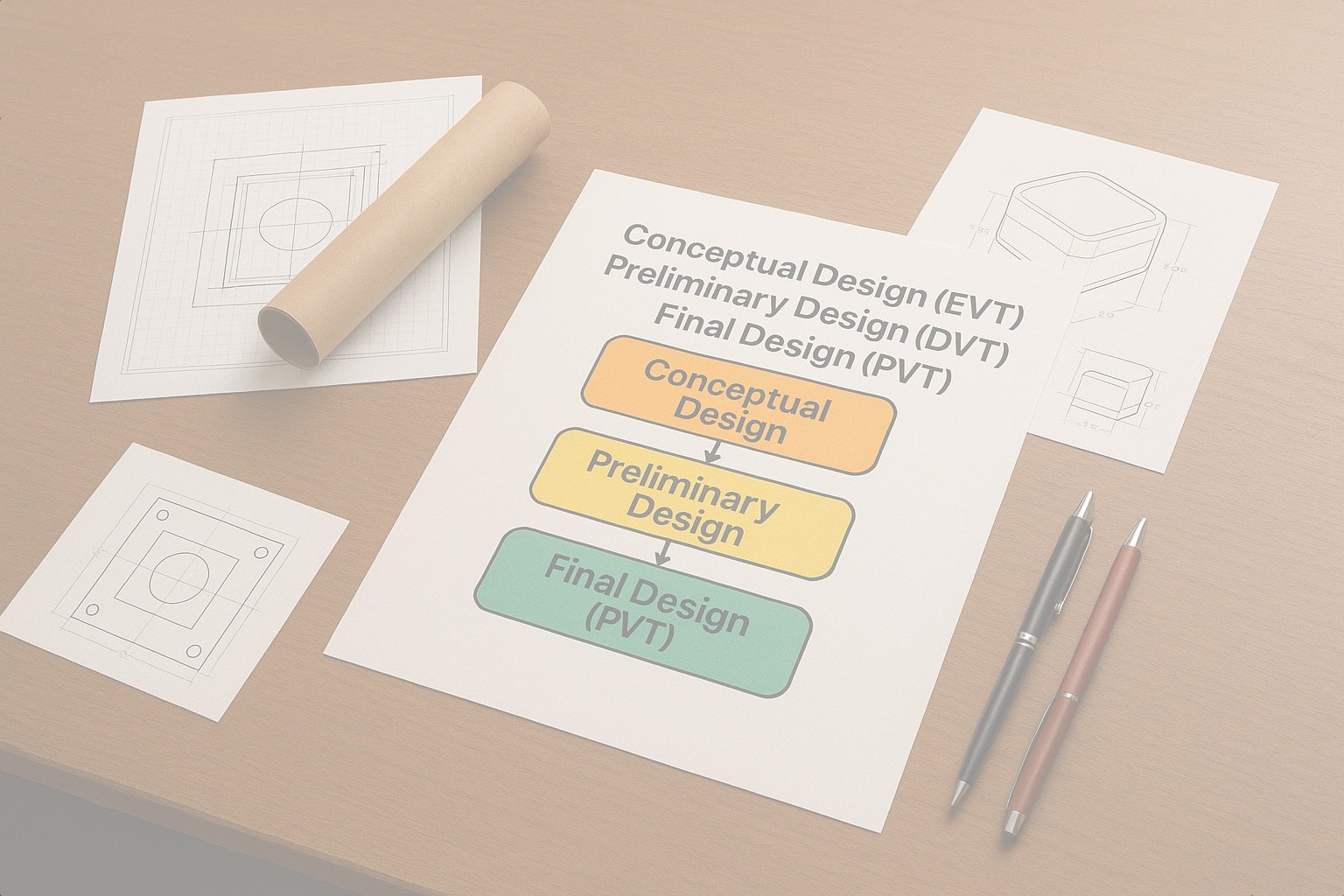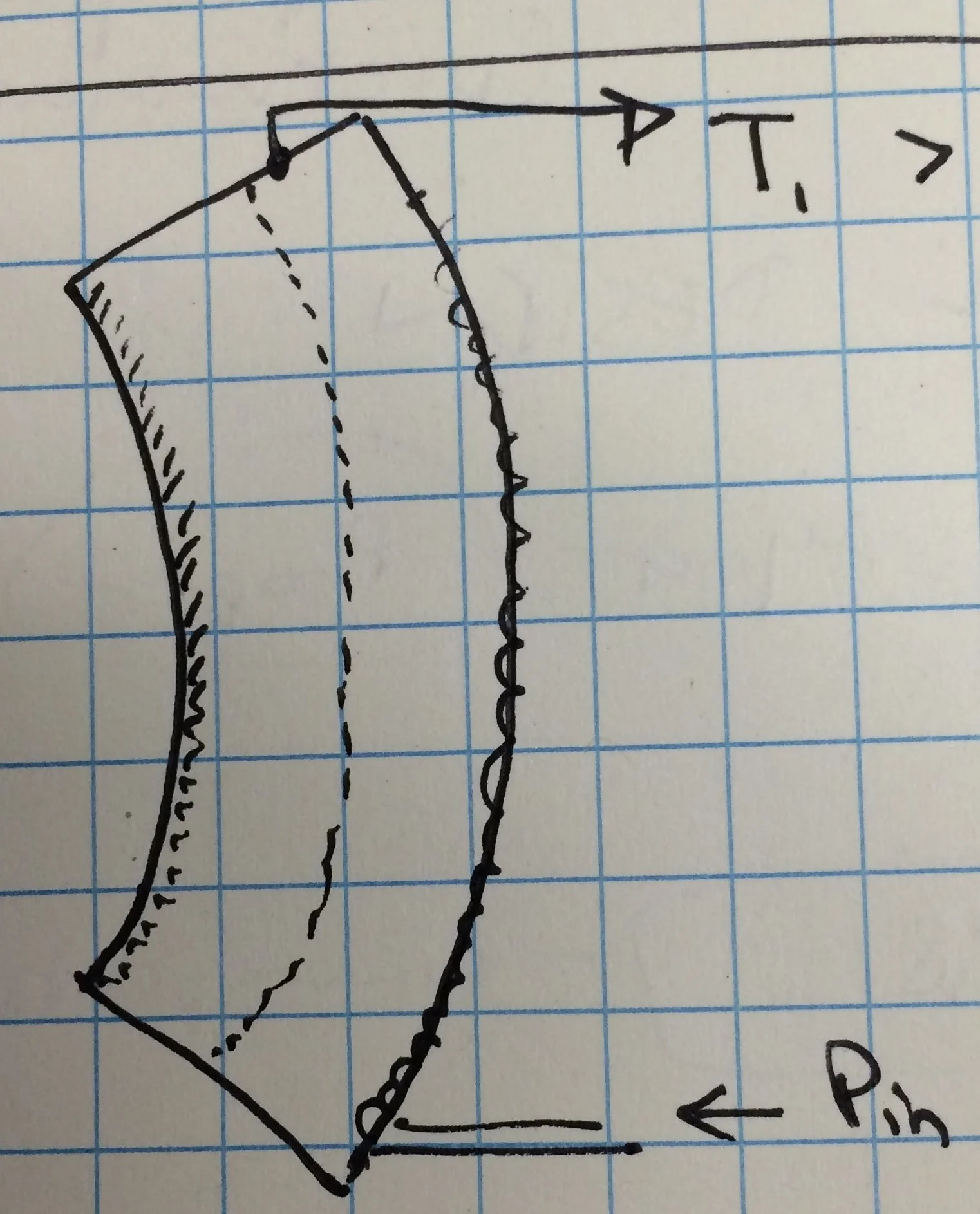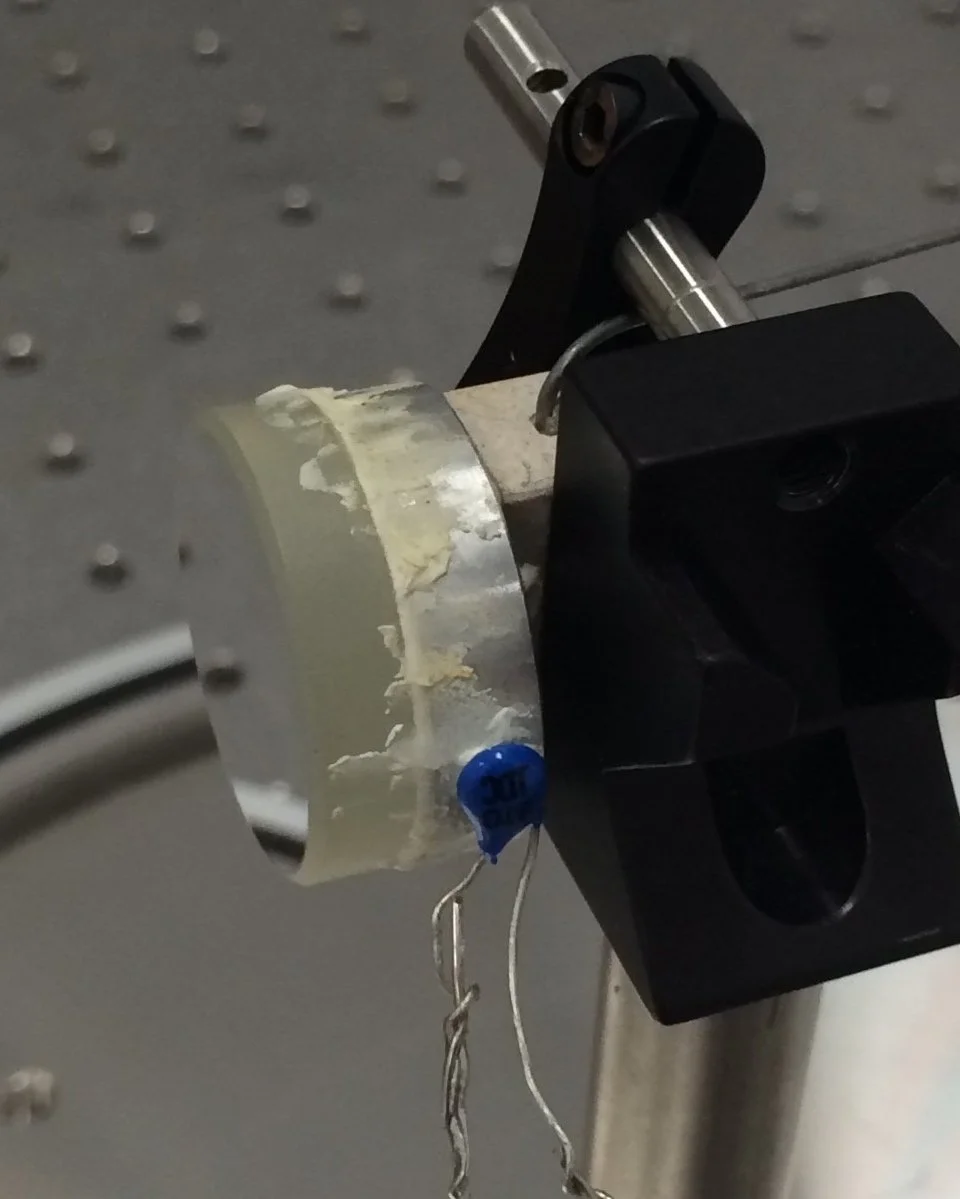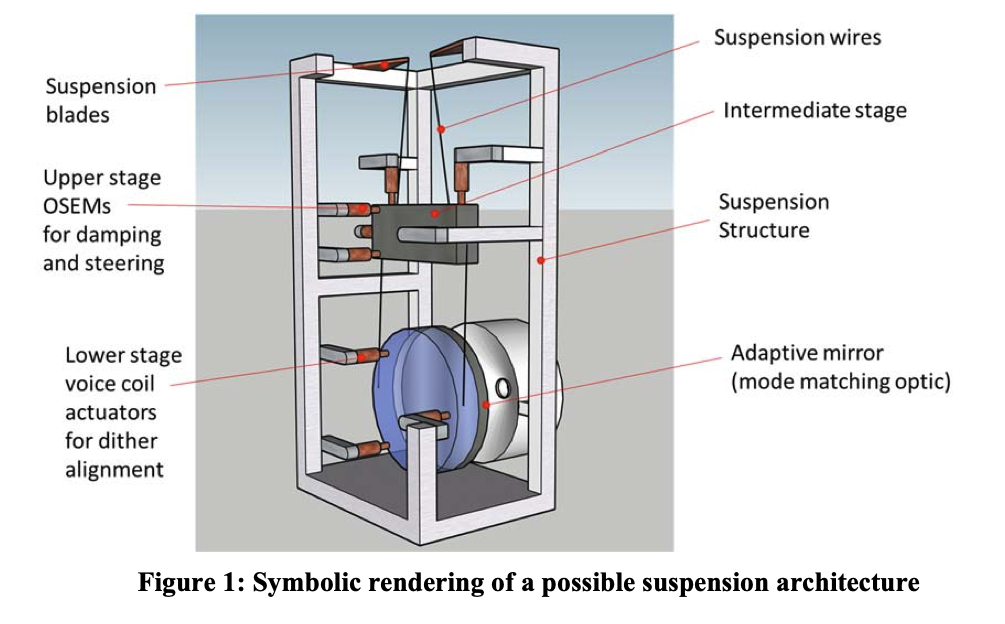
From Concept to Deployment: Bridging Research and Industry Standards
LIGO has given me the opportunity to work with all phases of technology development
At LIGO, I've had the opportunity to engage in the full spectrum of technology development, mirroring the industry-standard phases of Engineering Validation Test (EVT), Design Validation Test (DVT), and Production Validation Test (PVT). This experience has equipped me with a deep understanding of the product development lifecycle, from initial concept to deployment.
Case study: Bimorph Mirror
Phase 1: Conceptualization and Engineering Validation (EVT)
The idea for the Bimorph Mirror originated during a modeling session with a simple question: “What if I bond an aluminum disk to the back of a mirror and apply heat?” A quick finite element analysis (FEA) and rapid prototyping in the lab confirmed its potential as an effective actuator for adjusting radius of curvature, critically, with the potential for meeting the extremely low noise requirements demanded by LIGO. Collaborating with another optical scientist, we initiated early development tests to explore its specification range and feasibility.
Phase 2: Design Validation (DVT)
Although the concept showed strong potential, integrating it into LIGO posed significant challenges. The team expanded to include mechanical, electrical, and optical engineers alongside LIGO scientists to address these. This phase involved multiple design iterations, system-level reviews, and rigorous testing. The result was a robust actuator design, validated through a widely cited, peer-reviewed publication. The Suspended Active Matching Stage (SAMS) was born.
Image credit: Huy Tuong CaoPhase 3: Production Validation and Deployment (PVT)
During this phase, the design, installation, and review teams collaborated closely to finalize and deploy the Bimorph Mirror. The completed actuator was installed in Advanced LIGO prior to the O4 observing run and continues to enhance the detector’s performance in ongoing operations.
Image credit: Betsy Weaver, Stuart AstonAligning with Industry Practices
My experience with the Bimorph Mirror project exemplifies the rigorous process of taking a concept through the EVT, DVT, and PVT phases. This journey reflects a commitment to precision engineering, iterative testing, and cross-disciplinary collaboration—skills that are directly transferable to product development roles in high-tech industries.






